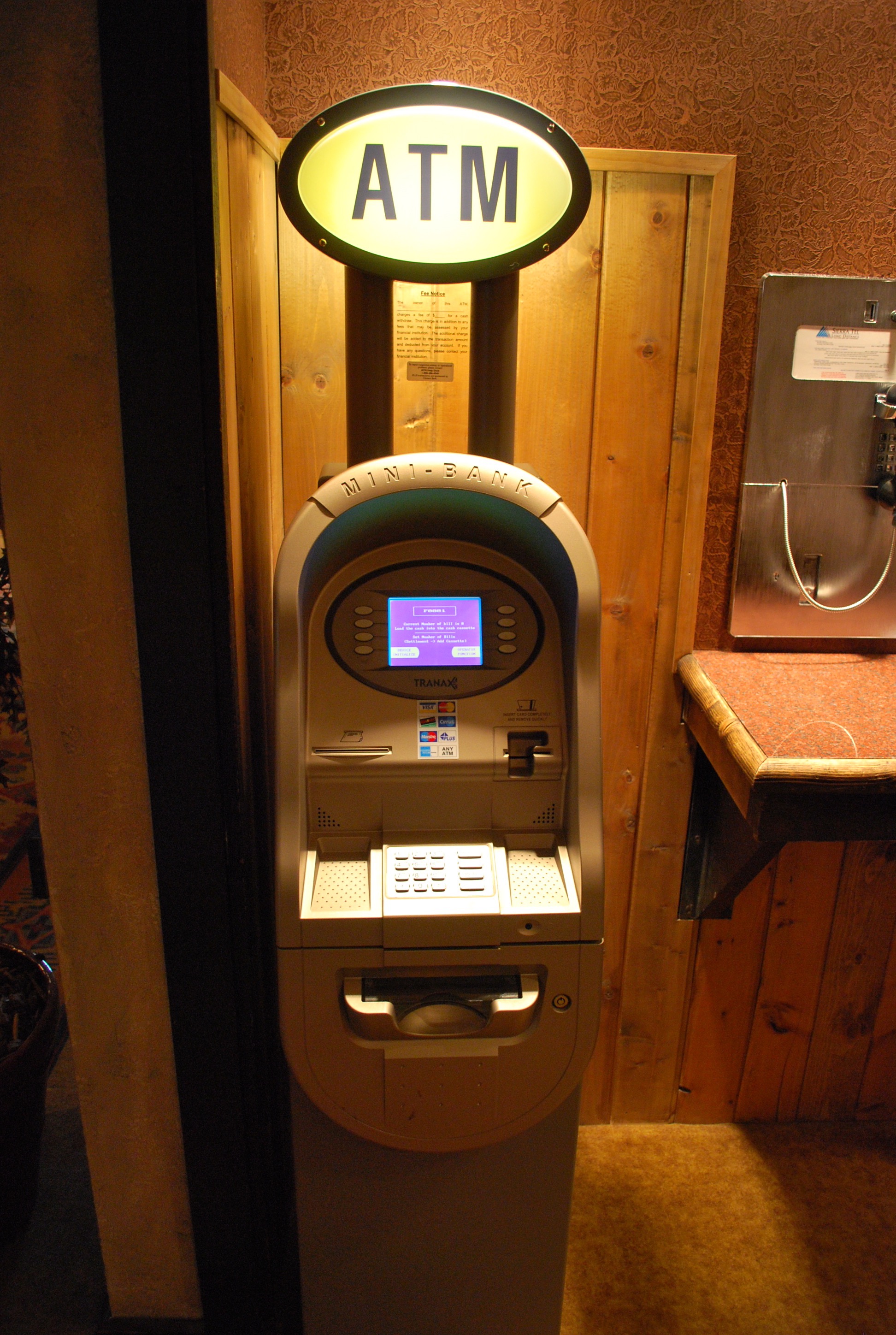Should Boards Have Give and/or Get Policies?
The man was defensive. “I wouldn’t serve on a board,” he told me, “if I was told it was dependent on my making a gift of a certain size. It would make me feel like an ATM and  that the only value I had was to write a check.”
While I can understand that reaction—I would feel that way, too if that was the only requirement for board membership—the man was looking at the issue through too narrow a lens.
that the only value I had was to write a check.”
While I can understand that reaction—I would feel that way, too if that was the only requirement for board membership—the man was looking at the issue through too narrow a lens.
There are a number of roles and responsibilities board members must play, one of which has to do with the financial stability and viability of the organization. Typically, that translates to the need for board members to both give and get charitable gifts. Do note the “and” in that phrase. I do not believe that a board member can ask anyone for something he or she has not done or given; nor do I believe that the capacity to make a substantial gift equates to a specific number. Substantial to me may be chump change to you. Or vice versa.
Having already tipped my hat, let’s discuss the all-important issue of amount. How much should the board be giving?
Some private foundations are now saying that board giving should equal 10% of the operating budget. That brings up two questions to me:
- What constitutes Board Giving? Is that everything a board gives during a year or just the amount that the board members gives as part of his or her board responsibility?
- What does “operating budget” in this context mean? A client of mine, applying for a grant to one of these foundations was horrified—about 75% of their budget comes from government grants and contracts—was that part of the operating budget? If so, there was no way they could comply with the funders requirements. I would say that as with most things in life, the answer is “it depends,” and it will be different for each organization. You must carefully consider these issues and come up—with your board—the answers that make sense for your organization. Note that I said sense for your organization and not necessarily what is comfortable for your board!
As I noted above, I don’t believe in putting a solid number as a board give (get is another story). Two reasons for that:
- What you decide is the floor for board giving often becomes the ceiling and there may be board members who could and would give much more if asked.
- The floor may be too high for some people who bring other value to the board. For example—someone with deep reach into a community you want to engage; a specific skillset you need; a reputation that is important. You may lose these people because of an artificial price tag.
What I do believe in is treating your board members as major donors. That means you learn as much about them as you can—via research, conversations with others who know them and, most importantly, with the board members herself. As with major donor prospects, these conversations must include the topic of money—specifically, what this organization is worth to them. And every year, the board chair and the CEO should have a one-on-one meeting to ask for the decided upon board gift and, once that is secured, to ask “who else do you know who might join with you to support our organization at this level?”
Those names begin the work of the board member to also honor his obligation to get.
Janet Levine works to help nonprofits go from mired to inspired. Learn how she can help your organization increase fundraising capacity and energize your board at http://janetlevineconsulting.comor email Janet at janet@janetlevineconsulting.com.
